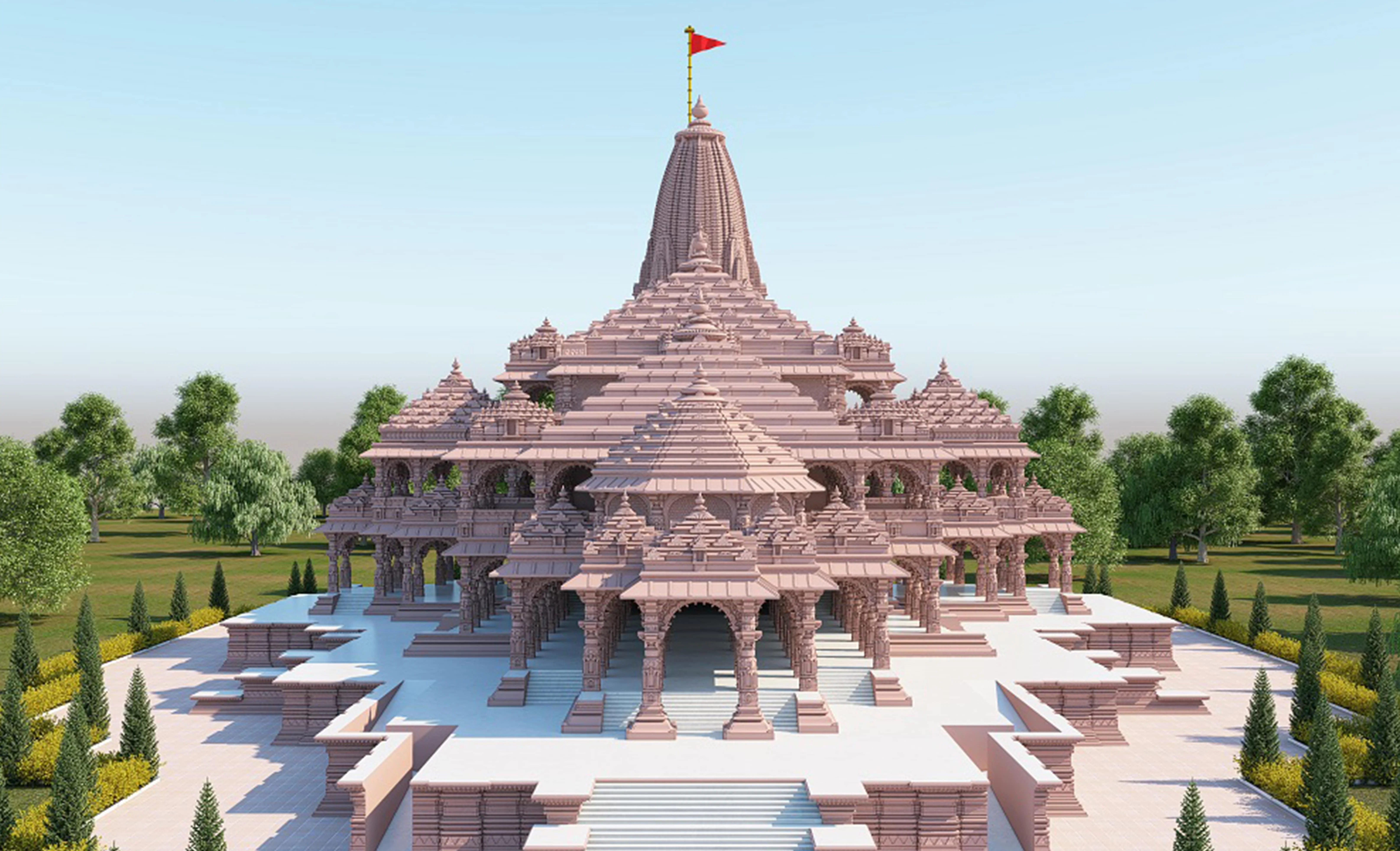
Ram Janmabhoomi
Ram Janmabhoomi, located in Ayodhya, Uttar Pradesh, is believed to be the birthplace of Lord Ram, one of the most revered deities in Hinduism. According to the epic Ramayana, Lord Ram was born in Ayodhya as the eldest son of King Dasharatha and Queen Kaushalya. His birthplace is considered a sacred site, drawing millions of pilgrims and devotees.
The significance of Ram Janmabhoomi is deeply rooted in Hindu mythology and scriptures. The Ramayana describes Ayodhya as a prosperous and holy city, ruled by King Dasharatha. It is said that Lord Ram, the seventh avatar of Lord Vishnu, was born here to rid the world of evil and establish righteousness (dharma). His life and deeds, including his exile, the battle with the demon king Ravana, and his eventual return to Ayodhya, are central to Hindu teachings and are celebrated annually during festivals like Ram Navami and Diwali.
- Historical site with centuries of significance, initially a Hindu place of worship.
- Controversy arose in the 16th century with the construction of Babri Masjid by Mughal emperor Babur.
- In the 16th century, Mughal emperor Babur ordered the construction of the Babri Masjid on the site, leading to disputes over its ownership.
- In 1949, idols of Lord Ram were placed inside the mosque, escalating tensions and legal battles.
- Babri Masjid demolition in 1992 triggered widespread riots and legal battles.
- In November 2019, the Supreme Court of India ruled in favor of building a Ram temple at the site and allocating land for a mosque elsewhere.
- Prime Minister Narendra Modi laid the temple's foundation on August 5, 2020.
- The Ram temple is considered a symbol of Hindu cultural and religious heritage and is expected to be a major pilgrimage site.
Browse All
- Hanuman Garhi Mandir
- Ram Janmabhoomi
- Kanak Bhawan
- Nageshwarnath Temple
- Sita Ji ki Rasoi
- Swarg Dwar Temple
- Sri Mani Ram Das Chhawni
- Raj Dwar Temple
- Tretanath Mandir
- Guptar Ghat
- Ram ki Paidi
- Military Temple
- Jain Temple
- Sankat Mochan Hanuman Mandir
- Badi Devkali Devi Temple
- Janki Ghat
- Matgajendra Temple
- Shri Kale Ram Temple
- Shri Ram Janki Birla Temple
- Makhauda Dham
- Raja Dashhrath Damadhi